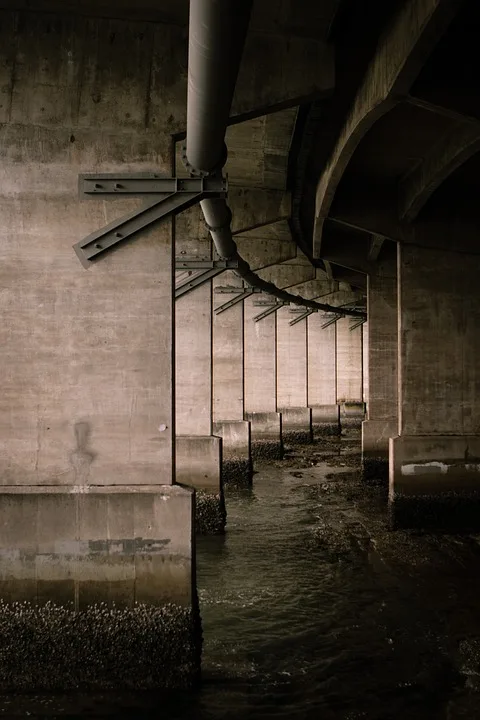The Ultimate Guide to Choosing the Right Concrete Pump Pipe for Your Project
[ad_1]
Concrete pumping is an essential part of many construction projects, allowing for the efficient and precise delivery of concrete to the desired location. One of the key components of a concrete pumping system is the concrete pump pipe. Choosing the right pump pipe for your project is crucial to ensure the success and efficiency of your concrete pumping operations. In this ultimate guide, we will discuss the factors to consider when selecting a concrete pump pipe for your project.
1. Material
One of the most important factors to consider when choosing a concrete pump pipe is the material it is made of. Concrete pump pipes are typically made of either steel or rubber. Steel pipes are durable and can withstand high pressure, making them ideal for heavy-duty pumping operations. Rubber pipes, on the other hand, are more flexible and lightweight, making them suitable for smaller projects or projects with tight spaces. Consider the specific requirements of your project, such as the pressure and volume of concrete to be pumped, when choosing the material of the pipe.
2. Size
The size of the concrete pump pipe is another crucial factor to consider. The size of the pipe will determine the maximum amount of concrete that can be pumped at a time. Larger pipes can handle higher volumes of concrete, making them suitable for larger projects, while smaller pipes are more suitable for smaller projects. Consider the size of the pump and the volume of concrete to be pumped when selecting the size of the pipe.
3. Length
The length of the concrete pump pipe is also an important consideration. The length of the pipe will determine how far the concrete can be pumped from the pump to the desired location. Longer pipes are suitable for projects that require the concrete to be pumped over a greater distance, while shorter pipes are more suitable for projects with shorter pumping distances. Consider the layout of your project site and the distance the concrete needs to be pumped when selecting the length of the pipe.
4. End fittings
The end fittings of the concrete pump pipe are another important consideration. The end fittings connect the pipe to the pump and the delivery hose, allowing for the seamless flow of concrete. Consider the type of end fittings required for your project, such as flange or clamp fittings, and ensure that they are compatible with your pump and delivery hose.
5. Durability
Durability is a key factor to consider when choosing a concrete pump pipe. The pipe must be able to withstand the high pressure and abrasive nature of concrete pumping operations. Look for pipes that are made of high-quality materials and have been tested for durability to ensure that they can withstand the rigors of your project.
In conclusion, choosing the right concrete pump pipe for your project is crucial to ensure the success and efficiency of your concrete pumping operations. Consider factors such as material, size, length, end fittings, and durability when selecting a pump pipe for your project. By taking these factors into account, you can ensure that you choose a pipe that meets the specific requirements of your project and allows for the efficient and precise delivery of concrete.
[ad_2]

